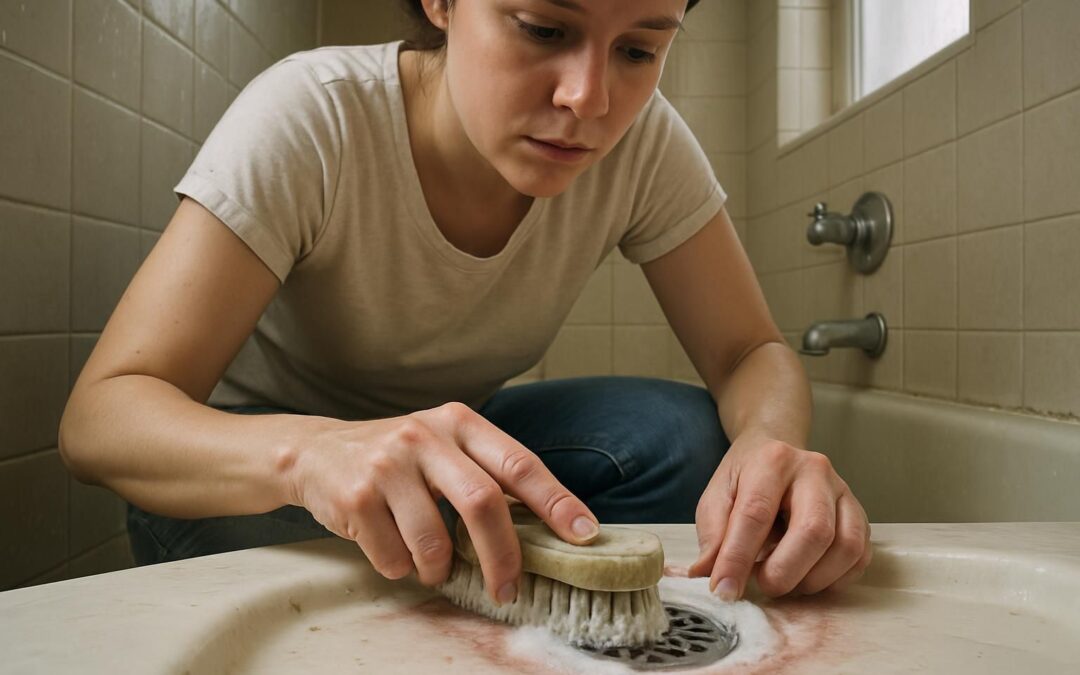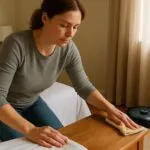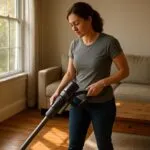Many homeowners spot pink mold in their bathrooms but don’t know how to clean it properly. Often appearing as slimy, reddish-pink stains around shower drains, faucet heads or on shower curtains, this colorful mess is actually caused by a bacterium called Serratia marcescens.
This article covers simple ways to clean pink mold using easy DIY cleaners like white vinegar and baking soda as well as strong solutions like bleach-based disinfectants. Readers will also learn tips for good bathroom cleaning habits to help prevent future growth of mold spores and bacteria growth in damp environments.
Keep reading for practical steps anyone can follow today.
Key Takeaways
- Pink mold is actually caused by Serratia marcescens bacteria and often grows in damp areas like bathrooms, showers, shower curtains and faucets.
- Effective DIY cleaning solutions include spraying white vinegar, or scrubbing with a paste made from baking soda and liquid dish soap; tea tree oil can boost antifungal action.
- For tough pink mold stains, homeowners can use bleach solution (1/3 cup bleach per gallon water) or commercial mold removers containing sodium hypochlorite for fast results.
- Good ways to prevent regrowth: dry bathroom surfaces thoroughly after each use, regularly wash shower curtains monthly, run exhaust fans daily, wipe up water spills promptly and consider using dehumidifiers at home.
- If pink mold spreads quickly despite repeated cleanings or appears alongside harmful black mold (Stachybotrys chartarum), call a professional cleanup service like PuroClean immediately.
Materials Needed to Clean Pink Mold
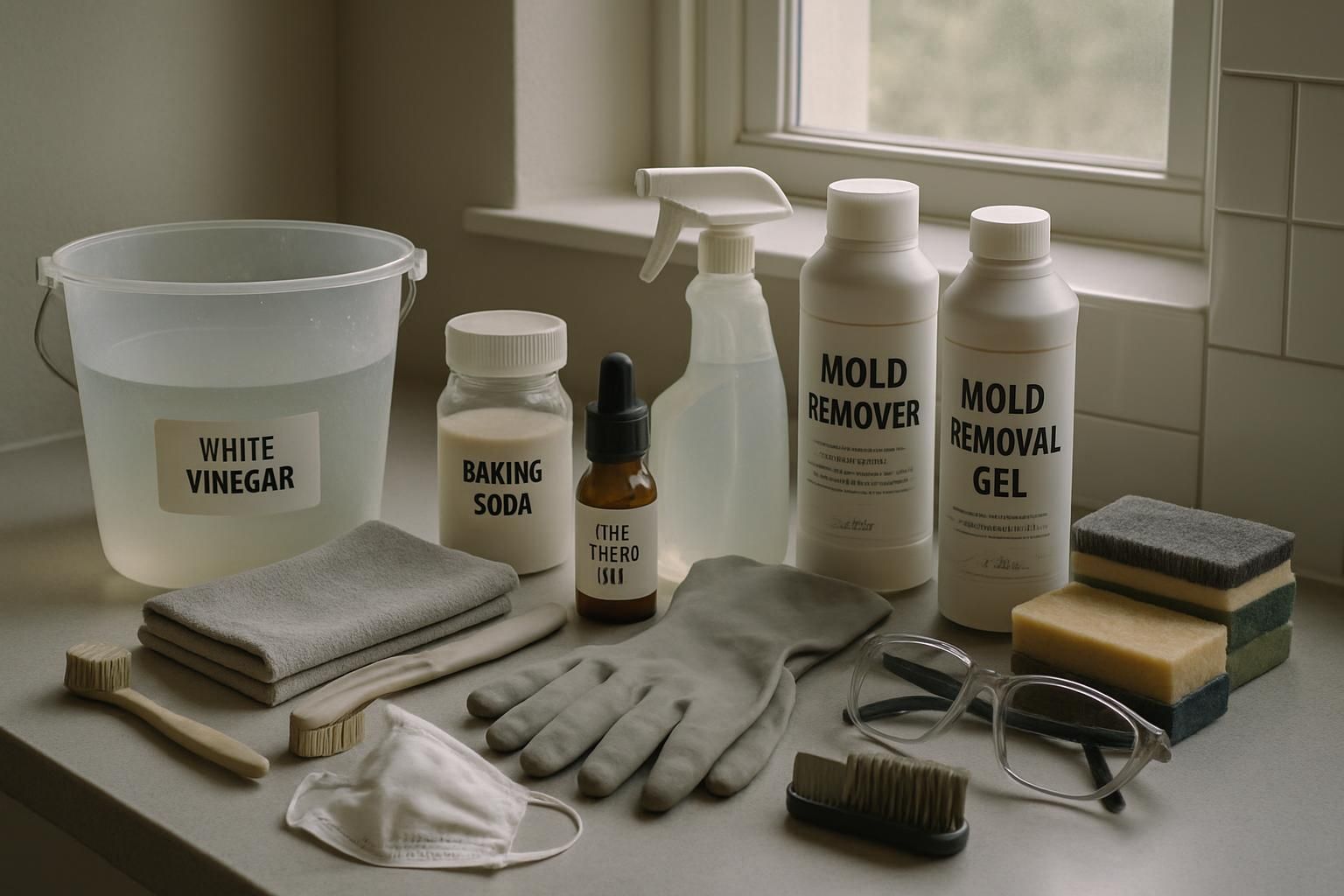
Pink mold, formed by airborne bacteria in damp bathrooms or basements, thrives on soap scum and mineral deposits. To remove mold growth effectively from shower walls, clotheslines, washing machines, and other problem areas, homeowners should gather the right cleaning agents and safety gear.
- White Vinegar: A natural solution that cuts through soap residue and slows mold regrowth; highly effective against biofilms.
- Baking Soda: Combines with water to form a paste for scrubbing away tough mildew stains on shower doors.
- Tea Tree Oil (optional): Acts as an antifungal booster when added to vinegar solutions; reduces chances of wound infections or respiratory infections caused by molds.
- Old Toothbrush: Ideal for tight corners around faucets or grout lines where pink molds hide; soft bristle brushes avoid scratching surfaces.
- Spray Bottle: Required for evenly distributing diluted liquid cleaners and DIY treatments like vinegar or hydrogen peroxide onto affected areas.
- Microfiber Cloth: Gentle cloth that removes loosened mold particles without damaging tiles or glass; leaves no fibers behind.
- Rubber Gloves: Protect skin from irritation caused by chlorine bleach, sodium hypochlorite (NaClO), toxic chemicals, or harsh laundry detergent solutions.
- Face Mask: Shields noses and mouths during clean-up tasks from inhaling harmful spores known to cause health risks identified by the Center for Disease Control and Prevention (CDC).
- Protective Eyewear: Essential safety item preventing accidental splashes of strong mold remover formulas such as commercial chlorine bleach-based products into eyes while scrubbing showers.
More Materials
10. Chlorine Bleach (e.g., Clorox): Strong disinfectant containing sodium hypochlorite used carefully at proper dilution ratios with good ventilation for clearing severe pink mold infestations quickly.
11. Hydrogen Peroxide (3% Solution): Mild oxidizer suitable for treating affected regions sensitive to harsher solvents; safer alternative recommended around kids or pets in homes with poor ventilation systems like exhaust fans or dehumidifiers.
12. Commercial Mold Remover Products: Specialized all-purpose cleaner sprays formulated explicitly for fast elimination of stubborn molds found commonly growing near shampoo bottles in moist corners within bathrooms and laundry rooms alike.
13. Bucket & Sponge Set: Necessary tools allowing easy mixing of homemade baking soda pastes; enables simple application onto stained surfaces before scrubbing moldy spots around personal hygiene items stored near sinks or tubs.
14. Nylon-Bristle Brush: Handles heavy-duty cleaning chores efficiently against persistent slime build-ups that harbor harmful microbes causing disease control issues among family members who frequently wash hands after outdoor play sessions.
The materials listed above equip parents and homeowners effectively for tackling pink mold problems using do-it-yourself methods outlined next under “How to Clean Pink Mold Using DIY Solutions.”
How to Clean Pink Mold Using DIY Solutions
Homeowners can tackle pink mold without expensive cleaners using common household items. With a little vinegar or baking soda and some casual dish-washing gloves, homeowners will clear that pesky prodigiosin right up.
Vinegar Solution
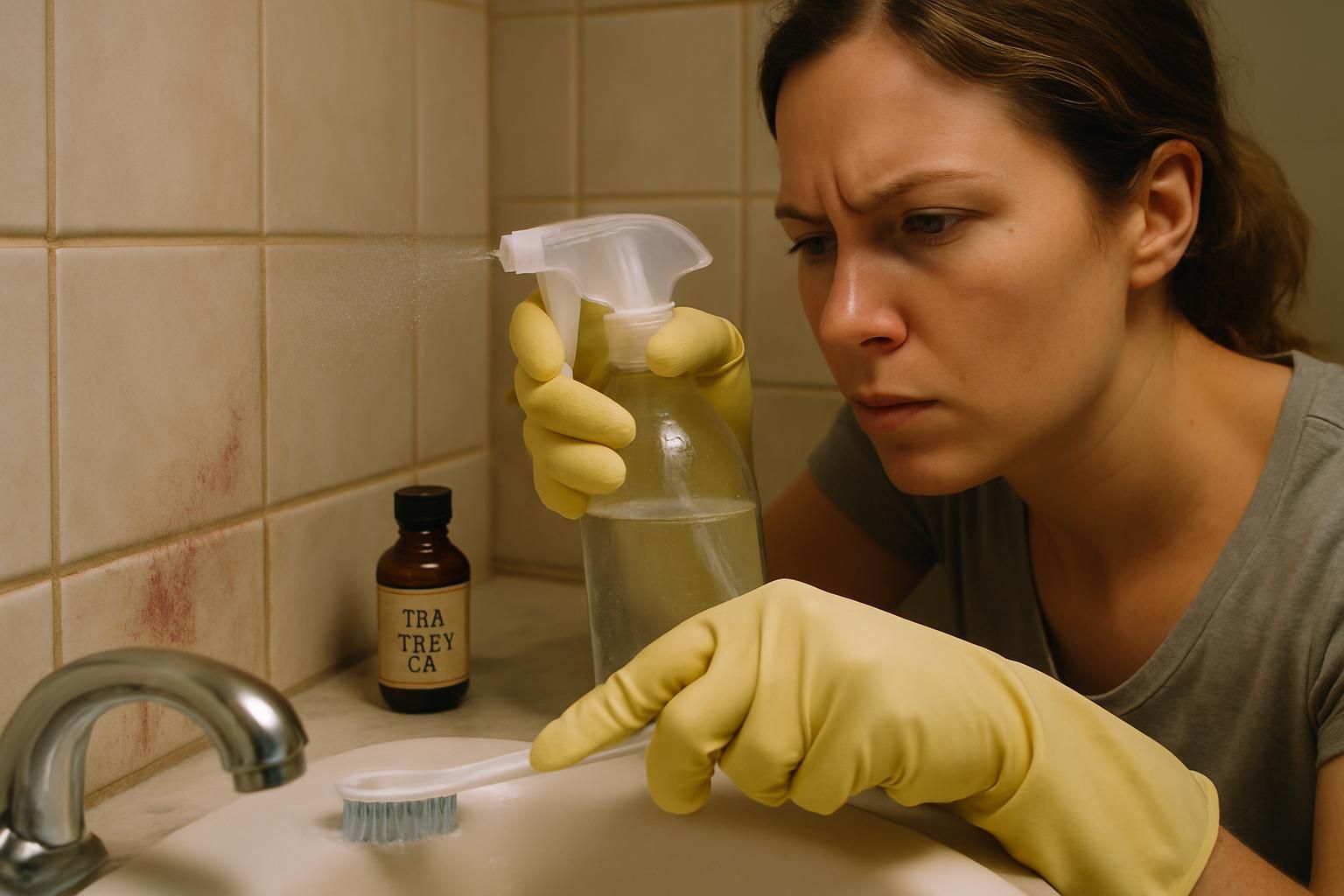
White vinegar makes an effective DIY solution for pink mold remediation at home. Homeowners can mix equal parts white vinegar and water, or even use undiluted vinegar for tough spots.
Spray the mixture on affected areas, let it sit for 10-15 minutes, then scrub with a toothbrush to lift stubborn buildup. Rinse thoroughly afterward; drying completely goes a long way in mold prevention.
Adding a few drops of tea tree oil to the spray helps fight future growth since those cells naturally dislike its antifungal properties.
Baking Soda Paste
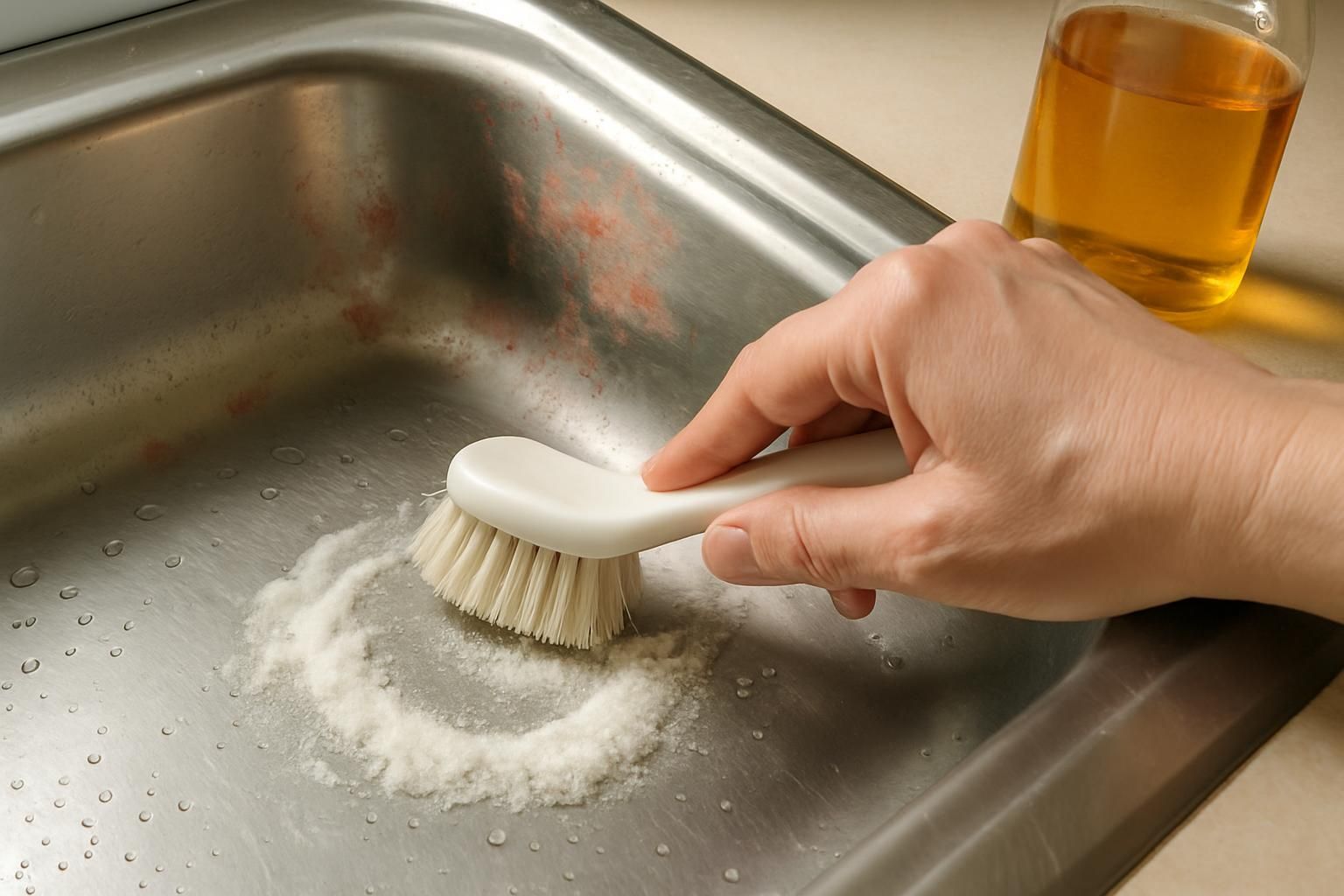
Using baking soda paste is easy and safe for families. To make this cleaner at home, combine ½ cup of baking soda with 1 tablespoon of liquid dish soap to form a thick mixture. Apply the paste directly on surfaces with pink mold and scrub gently using a nylon-bristle brush.
After scrubbing, rinse the area well. Next, sanitize surfaces by applying a solution made from equal parts bleach and water; let it sit for about 10 to 15 minutes before rinsing off completely. Dry thoroughly afterward use towels or even grab that handy squeegee to avoid extra moisture which allows mold growth.
How to Clean Pink Mold Using Conventional Cleaners
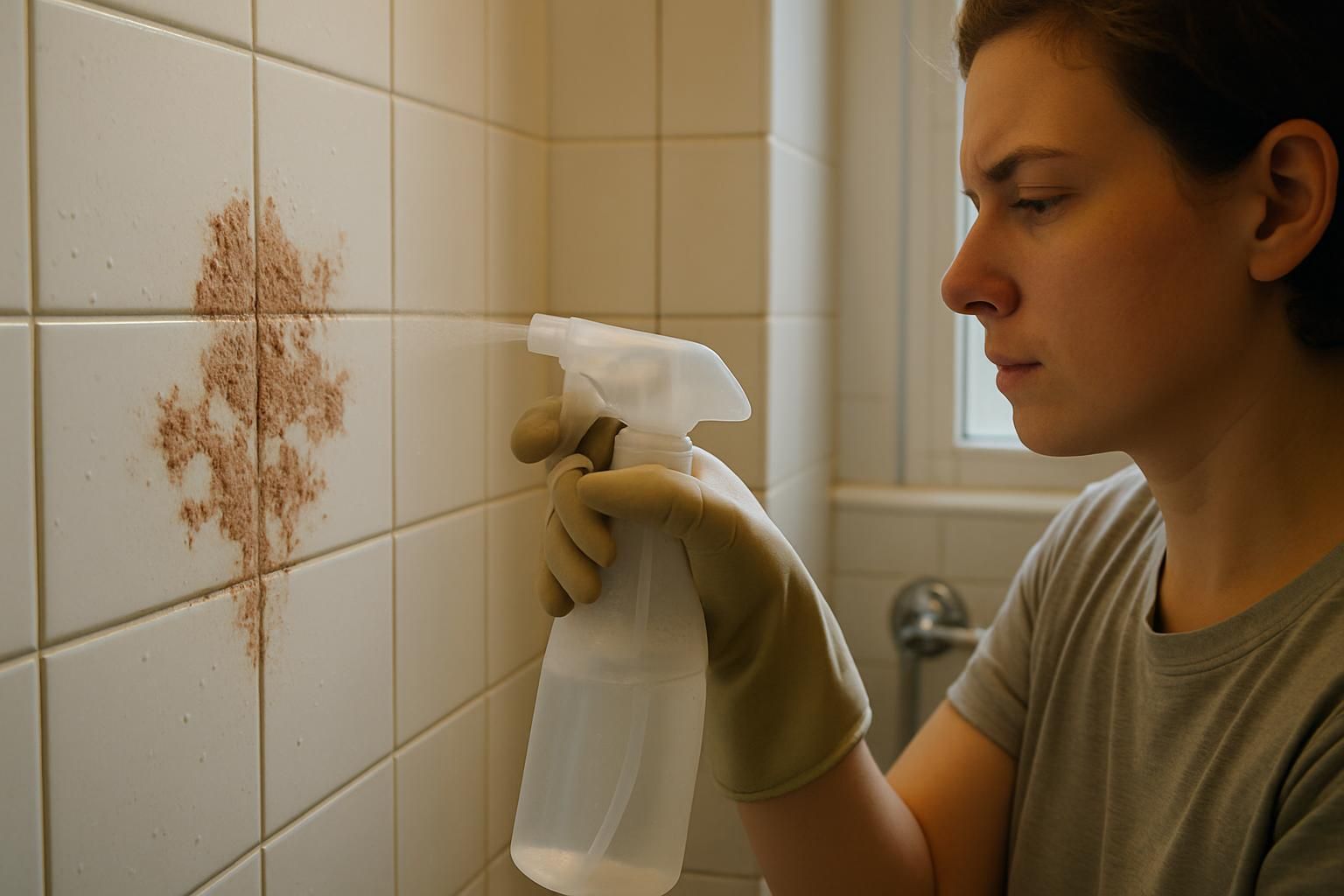
Household cleaners can knock out pink mold faster than a kid washes their hands before snack time. But always wear gloves you don’t want these chemicals touching any wounds or sensitive skin.
Bleach Solution

Bleach solution is one tough mold fighter that easily tackles pink mold. Mix 1/3 cup bleach into 1 gallon of water to create a powerful cleaning agent. After blending it, apply the mixture with a sponge on moldy areas and let it sit for about 10 minutes.
Wipe down surfaces thoroughly, rinse well with clean water, then leave them to air-dry fully before using again; always wash your hands carefully after handling bleach.
To handle tougher pink mold spots or deeper stains in damp rooms lacking proper dehumidification, homeowners can mix stronger solutions safely by combining 1 part bleach with just 3 parts water instead.
Apply this blend directly onto stubborn areas using protective gloves and taking care around open wounds or cuts; allow the mix to do its work for at least ten minutes before rinsing away completely and drying out properly afterwards.
Mold and Mildew Removers
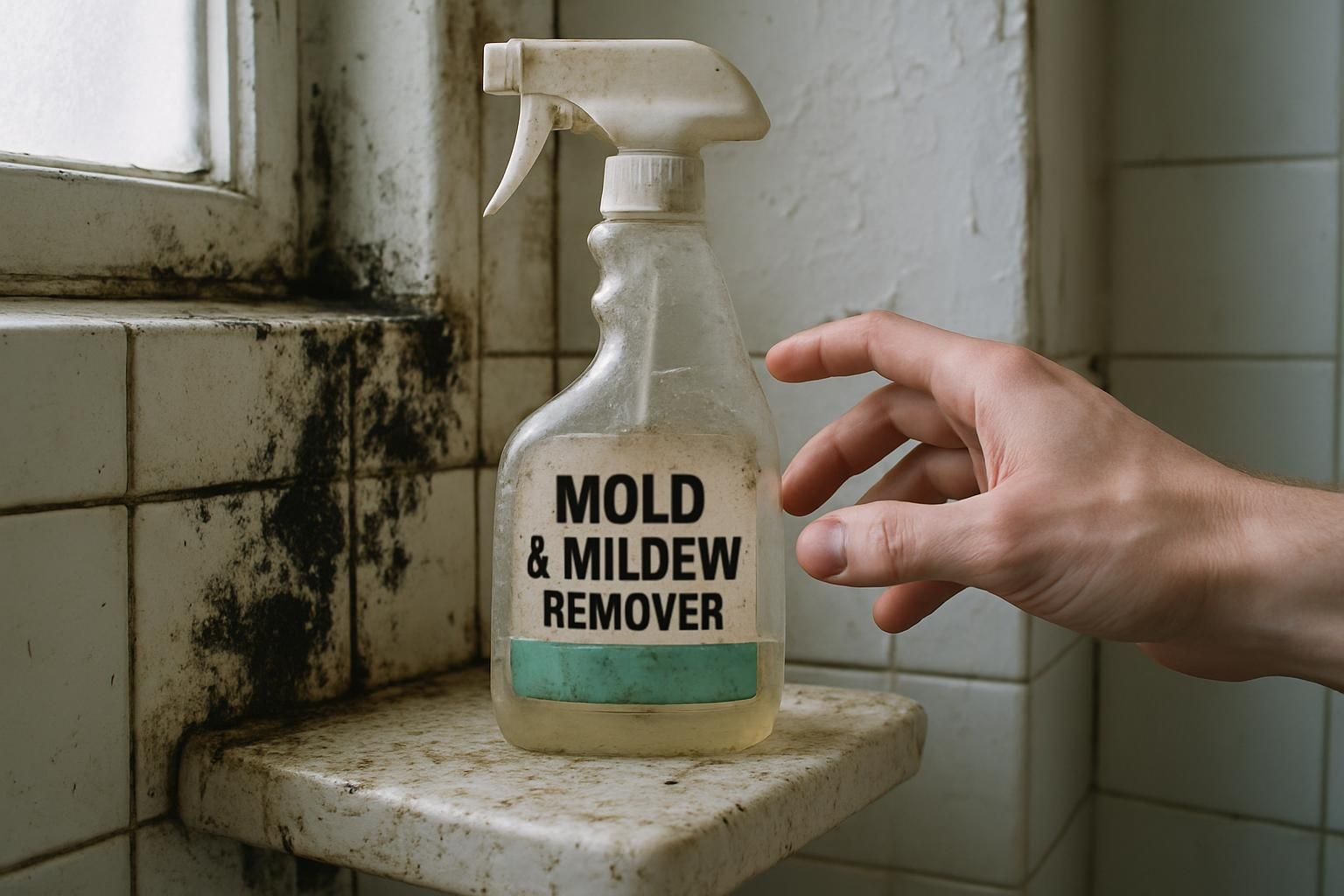
Mold and mildew removers speed up mold removal at home, saving busy parents extra hand-washing or scrubbing hassles. Effective store-bought solutions often include sodium hypochlorite, a powerful agent that kills stubborn pink mold quickly.
Simply spray these cleaners onto hard surfaces like tiles or porcelain tubs, then let them sit for 5 minutes to tackle tough stains. For softer areas such as grout lines or bathroom caulk where mold seeps deeper, allow the cleaner to soak in for 10 minutes before wiping away.
Afterward, rinse with clean water and leave areas open to air-dry completely; fresh airflow helps prevent new growth.
Tips to Prevent Pink Mold Growth

Dry shower walls after every use with a clean towel or squeegee. Running exhaust fans and opening windows helps fresh air flow through damp rooms like bathrooms. Owning a reliable dehumidifier also controls moisture levels inside homes, reducing the chance of pink mold growth.
Tidy up soap scum weekly using sodium hypochlorite-based cleaners or vinegar solutions to remove the grime that fuels mold outbreaks. Curtains and liners in showers should take monthly trips through the washer to stop spores from building colonies there. Spills around sinks or tubs need prompt wiping; don’t let water sit too long on surfacesâclean it quickly instead.
Parents who stick closely to these habits find fewer pink spots popping up around their family’s living spaces, keeping things safer and healthier for everyone at home.
When to Call a Professional
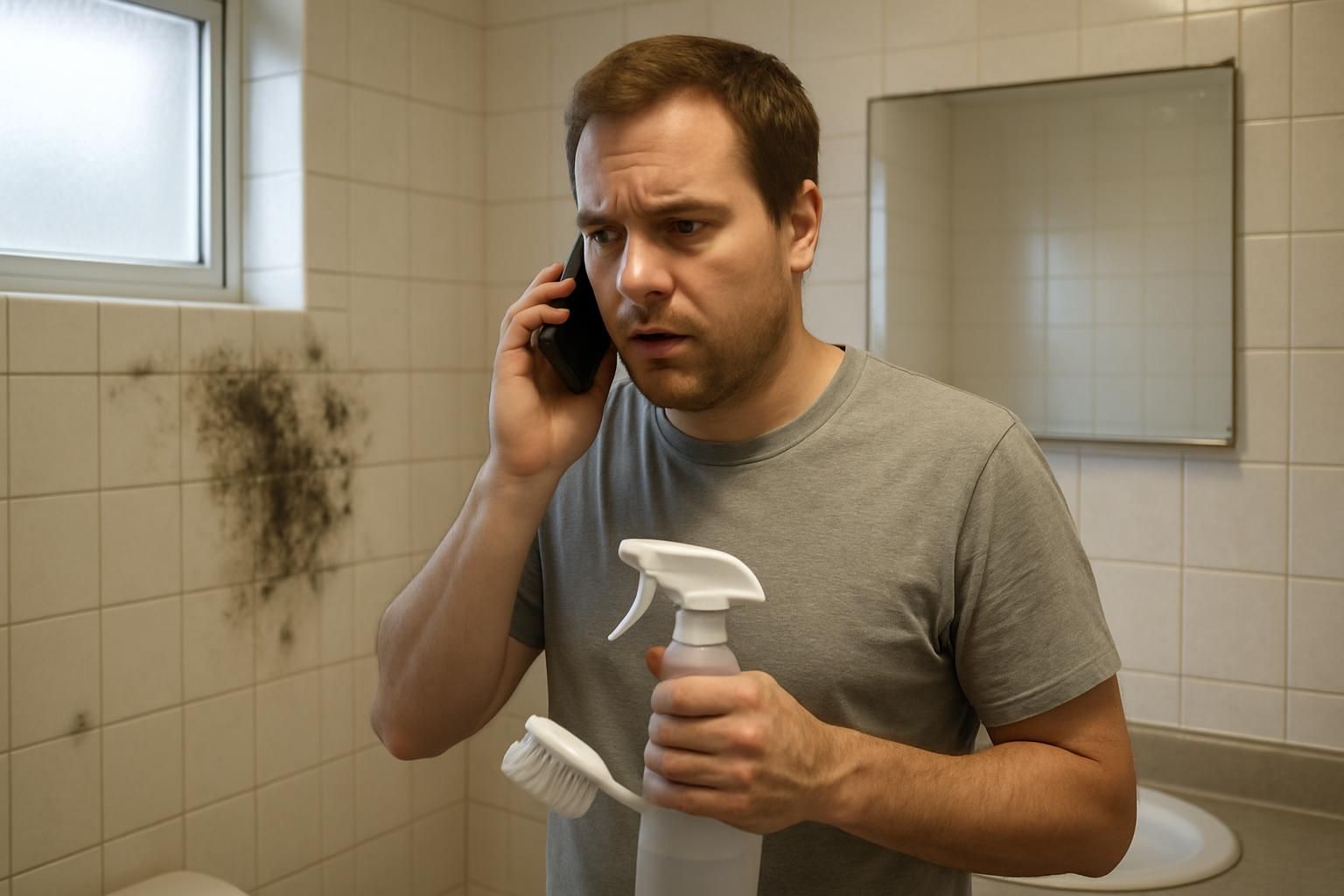
Even after good prevention and careful cleaning, pink mold can grow quickly out of control. Extensive infestations, especially with black mold (Stachybotrys chartarum), pose health dangers for everyone at home kids most of all; so quick response matters greatly.
Severe cases include large areas covered in mold or recurring fungus even after repeated cleanings.
Conclusion
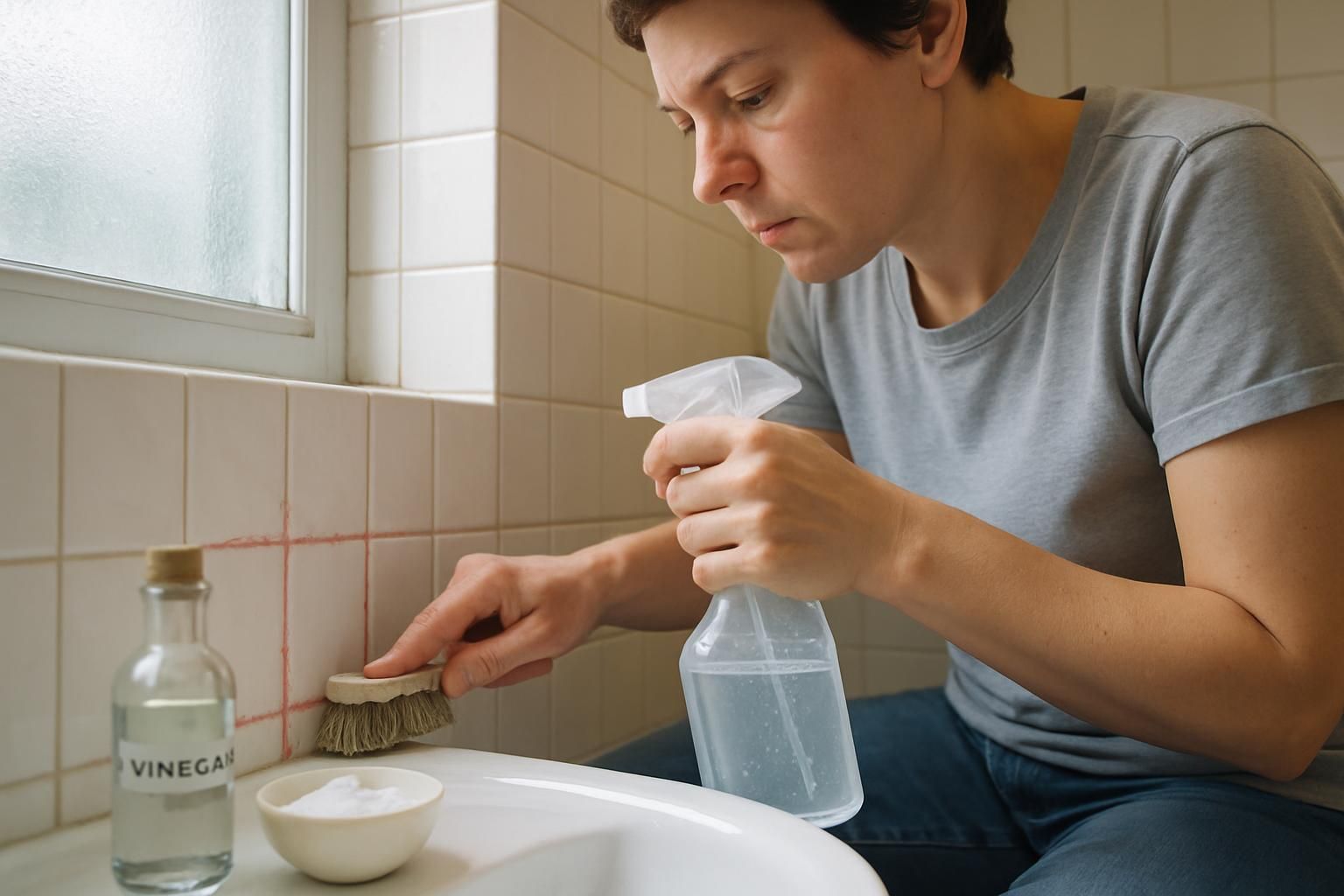
Cleaning pink mold is simple with vinegar, baking soda, or store-bought cleaners. Staying ahead of this slimy visitor needs regular upkeep and a little elbow grease. Good ventilation, dry surfaces, and mold-resistant sprays go a long way in keeping bathrooms and kitchens free from Serratia marcescens.
If the issue sticks around despite best efforts at home, professionals like PuroClean are just a call away for thorough cleaning help. A clean house means fewer worries about family health risks down the line.
FAQs
1. What exactly is pink mold, and should I worry about it?
Pink mold isn’t actually mold at all; it’s a slimy bacteria called Serratia marcescens. It loves damp spots like showers and sinks. While usually harmless, it can cause health issues for people with weak immune systems or allergies.
2. What’s the easiest way to clean pink mold from my bathroom surfaces?
Grab some rubber gloves and mix equal parts white vinegar and warm water in a spray bottle. Spray this solution generously onto the affected area, wait 10 minutes, then scrub gently with a brush or sponge before rinsing thoroughly.
3. Can bleach help me remove stubborn pink mold stains?
Bleach works wonders on tough stains but use caution when handling it. Dilute one cup of bleach per gallon of water, apply carefully to stained areas, let sit for several minutes, then rinse completely with fresh water afterward.
4. How do I stop pink mold from coming back again after cleaning?
Keep your bathroom dry by running exhaust fans during showers and wiping down wet surfaces regularly; moisture invites these pesky bacteria back quickly! Regular cleaning routines using mild disinfectants also help keep them away long-term.

